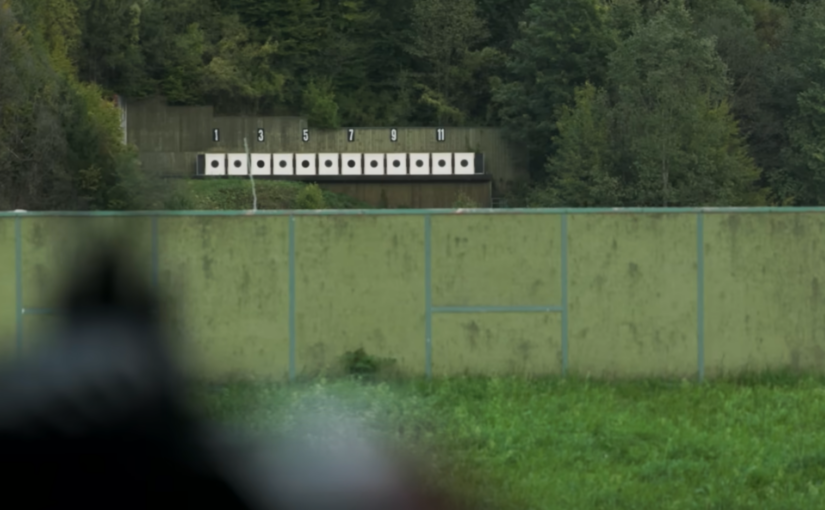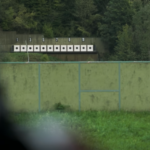Creating the ultimate landscaping for a shooting range involves not only aesthetic considerations but also practical ones, particularly noise reduction. The noise produced by gunshots can be loud and disruptive, both to the environment and to neighboring properties. Landscaping can play an important role in mitigating this sound, as well as enhancing the visual appeal of the range. The goal is to strike a balance between aesthetics and functionality, with plant selections that not only complement the design of the range but also provide natural sound barriers.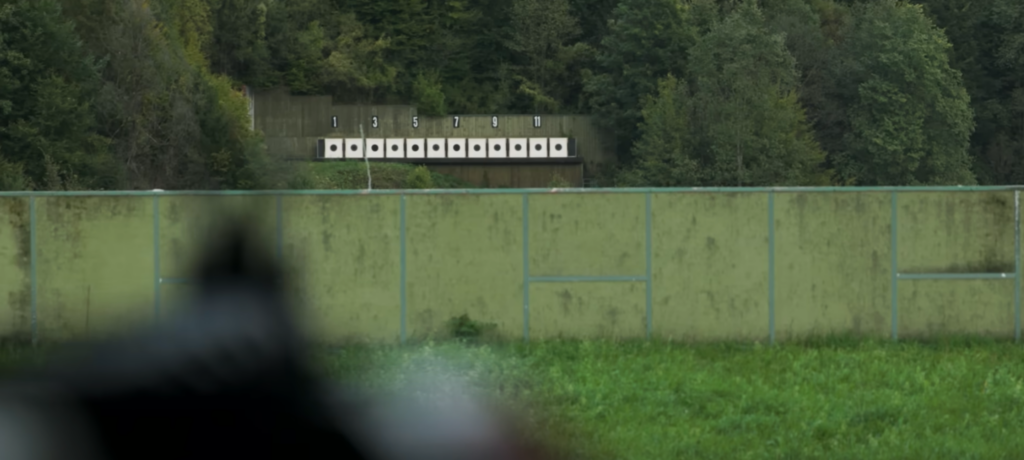
Most Effective Noise Barrier
One of the most effective ways to reduce noise from a shooting range is by incorporating dense, evergreen plants and trees that act as sound buffers. Thick foliage, tall hedges, and dense tree lines can absorb and deflect sound waves, preventing noise from traveling too far. Some of the best trees for this purpose include conifers like Douglas fir, White pine, and Eastern Red Cedar. These trees are not only hardy and attractive but also provide dense coverage year-round. Their tall stature and dense needles create effective noise barriers while adding a natural, forest-like feel to the landscape. Additionally, evergreen trees maintain their foliage during the winter months, ensuring continuous noise reduction throughout the year.
Appealing Yet Useful Landscape
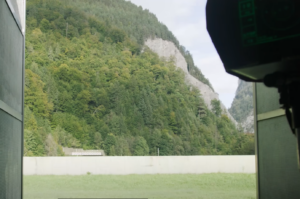 Another useful plant for noise reduction is the American holly. With its thick, leathery leaves and dense growth pattern, holly can serve as both an aesthetic feature and a noise-dampening plant. The bright red berries and glossy green foliage of the American holly also add a festive, vibrant touch to the landscape, making it an appealing addition to any shooting range. It’s ideal for areas where visual interest is important, but where sound insulation is also needed.
Another useful plant for noise reduction is the American holly. With its thick, leathery leaves and dense growth pattern, holly can serve as both an aesthetic feature and a noise-dampening plant. The bright red berries and glossy green foliage of the American holly also add a festive, vibrant touch to the landscape, making it an appealing addition to any shooting range. It’s ideal for areas where visual interest is important, but where sound insulation is also needed.
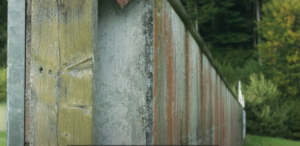 For more substantial noise reduction, is an increasingly popular choice in landscaping. Bamboo grows quickly and densely, forming thick walls that block sound and create privacy. It can be especially useful when planted in rows along fences or property boundaries. Bamboo’s tall, slender stalks not only provide effective noise absorption but also create a visually striking barrier that enhances the natural landscape. Certain varieties, like Phyllostachys aurea (Golden Bamboo), grow quickly and are highly resilient, making them a durable choice for outdoor spaces.
For more substantial noise reduction, is an increasingly popular choice in landscaping. Bamboo grows quickly and densely, forming thick walls that block sound and create privacy. It can be especially useful when planted in rows along fences or property boundaries. Bamboo’s tall, slender stalks not only provide effective noise absorption but also create a visually striking barrier that enhances the natural landscape. Certain varieties, like Phyllostachys aurea (Golden Bamboo), grow quickly and are highly resilient, making them a durable choice for outdoor spaces.
Flowering Plant Options
Along with trees and shrubs, flowering plants can contribute to both the aesthetics and function of the landscape. Lavender, Bee Balm, and Coneflowers are low-maintenance, fragrant plants that attract pollinators like bees and butterflies, creating an inviting environment. While they do not have the same noise-reducing properties as larger plants, they can be strategically placed to soften the landscape and enhance the visual appeal without disrupting the sound barriers provided by taller plants.
In addition to individual plants, landscape design elements like berms or mounds can also help absorb noise. Raised earth barriers, when planted with a combination of dense trees and shrubs, can further deflect sound and create a natural barrier. These elements, combined with well-placed foliage, can help ensure that the shooting range remains both aesthetically pleasing and quieter, providing a more pleasant experience for both shooters and neighbors.
In conclusion, the ideal landscaping for a shooting range combines functional noise-reducing elements with visually pleasing plants. Evergreen trees, globe arborvitae, American holly, bamboo, and flowering plants are all excellent choices to help mitigate sound while enhancing the overall aesthetic appeal. Thoughtful planning and a variety of plant types ensure that the space is not only effective in reducing noise but also visually harmonious, creating an environment that is both practical and inviting
